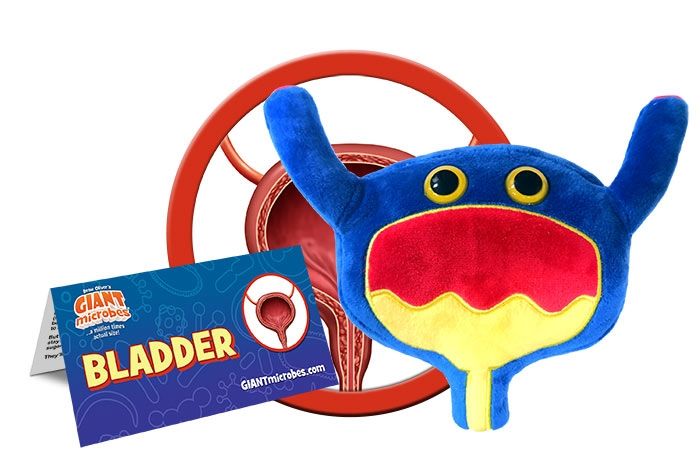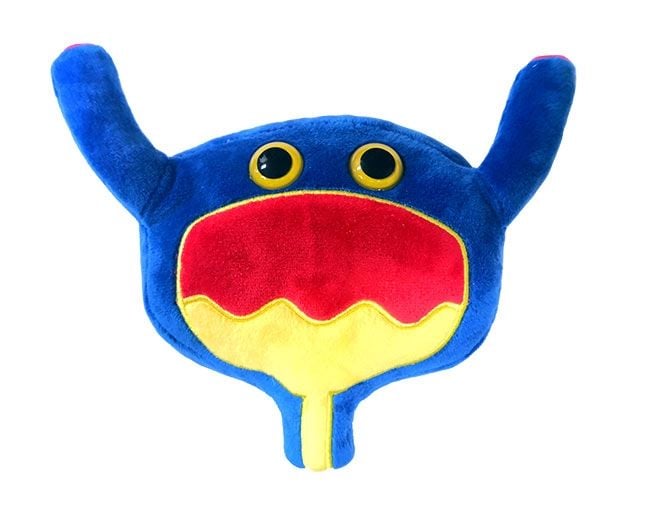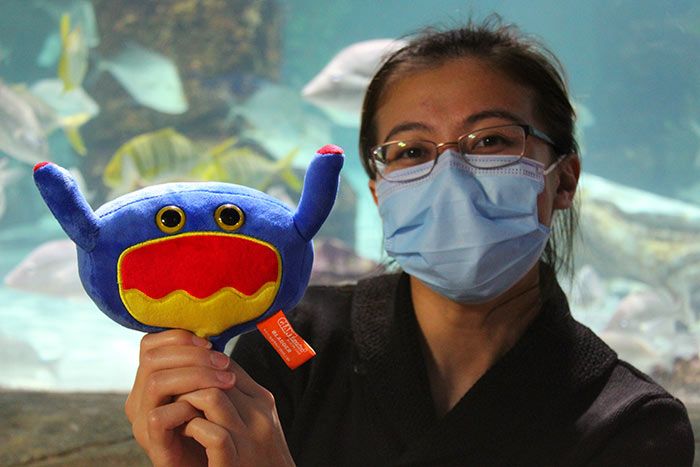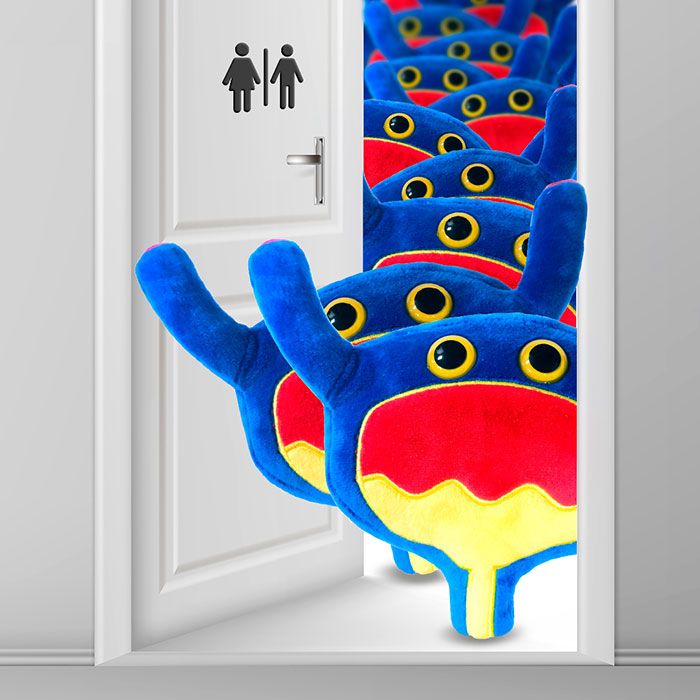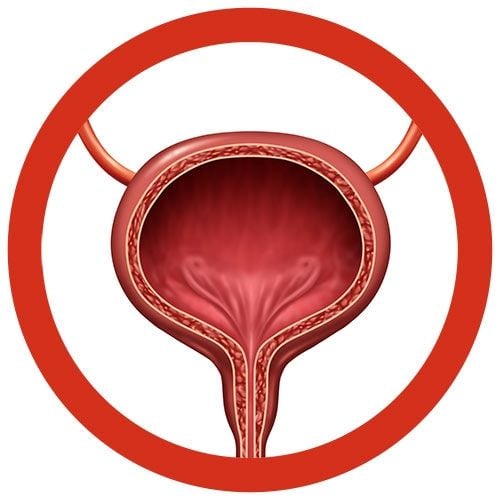Bladder
Product Details
Additional Information
| Sizes | Giantmicrobes are based on actual microbes, cells, organisms and other critters, only 1,000,000 times actual size! Gigantic (GG) 40-60cm XL (XL) 25-38cm Original (PD) 12-20cm Keychain (KC) 5-10cm with clip |
|---|---|
| Materials | Plush from all new materials. Stuffed with polyester fiber fill. Surface washable: sponge with water & soap, air dry. |
| Packaging | Each plush microbe includes a printed card with fun, educational and fascinating facts about the actual microbe or cell. |
| Safety | Every product meets or exceeds U.S. and European standards for safety. For ages 3 and up. |
All about Bladder
FACTS: The bladder is a hollow muscular bag that lies in the pelvic cavity. This organ’s main function is to store urine produced in the kidneys. Urine constantly flows into the bladder through the two ureters, long tubes extending down from the kidneys. An average bladder can hold 2.5 cups, or 600 milliliters, of urine.
The bladder lining secretes mucous to isolate the body tissue from urine. The lining has many folds, called rugae, which flatten out so the bladder can expand and fill up. When empty, the bladder resembles a deflated balloon. As it gradually fills up, the bladder becomes spherical and then pear-shaped. The bladder wall is made of many layers. An outer layer of muscle surrounds the organ. When your bladder is full, these muscles can be tightened to squeeze out the urine. As you urinate, the bladder shrinks in size. The bladder’s middle layer has connective tissue and the inner layer is lined with urothelial cells, also found inside the kidneys.
Microbes are alive inside your bladder, just like the rest of your digestive system. The entire urinary tract contains a diverse microbiome. When invading microbes enter, urinary tract infections (UTIs) may occur, including bladder infections. Nasty bacteria such as certain E. coli strains can move into the bladder through the urethra. Women have shorter urethras than men and, thus, are more prone to UTIs.
A ring of muscles around the bladder, the urinary sphincters, keeps it closed. When the bladder is full, nerve endings in the bladder wall stimulate the internal sphincter to open and also signal the brain that it is time to urinate. The external sphincter is under conscious control so you can hold your bladder closed for longer. Urine flows through the urethra out of the bladder and then out of the body.


